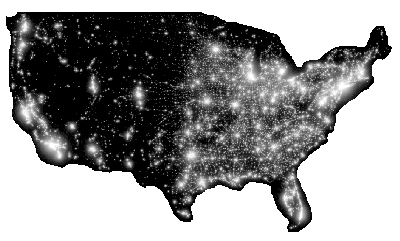The small residential development of Sierra La Rana, in the Big Bend Region of Texas, last week won the Dark Sky Friendly Development of Distinction designation. The International Dark-Sky Association (IDA) awarded Sierra La Rana this distinction for its efforts in keeping light pollution out of the sky and keeping a strong focus on astronomy in the development.
Sierra La Rana includes an Astronomy Village, where surrounding property restrictions ensure a sky dark enough to bring naked-eye limiting magnitude up to 7.0, revealing typically invisible stars. Due to the development’s ideal sky-watching conditions — an elevation 5,000 feet above sea level, dry desert air, naturally dark skies — the area’s been home to the Texas Star Party since 1976.
Gil Bartee, vice president of development for Sierra La Rana, accepted the designation, vowing to continue efforts to keep the skies dark for the nearby McDonald Observatory at the University of Texas at Austin, as well as the development itself.
The IDA, a non-profit organization dedicated to preserving nighttime dark skies, recently introduced the Dark Sky Development of Distinction Award to promote small communities and developments actively planning a more natural night sky. Larger communities are eligible for the similar International Dark Sky Community award.










